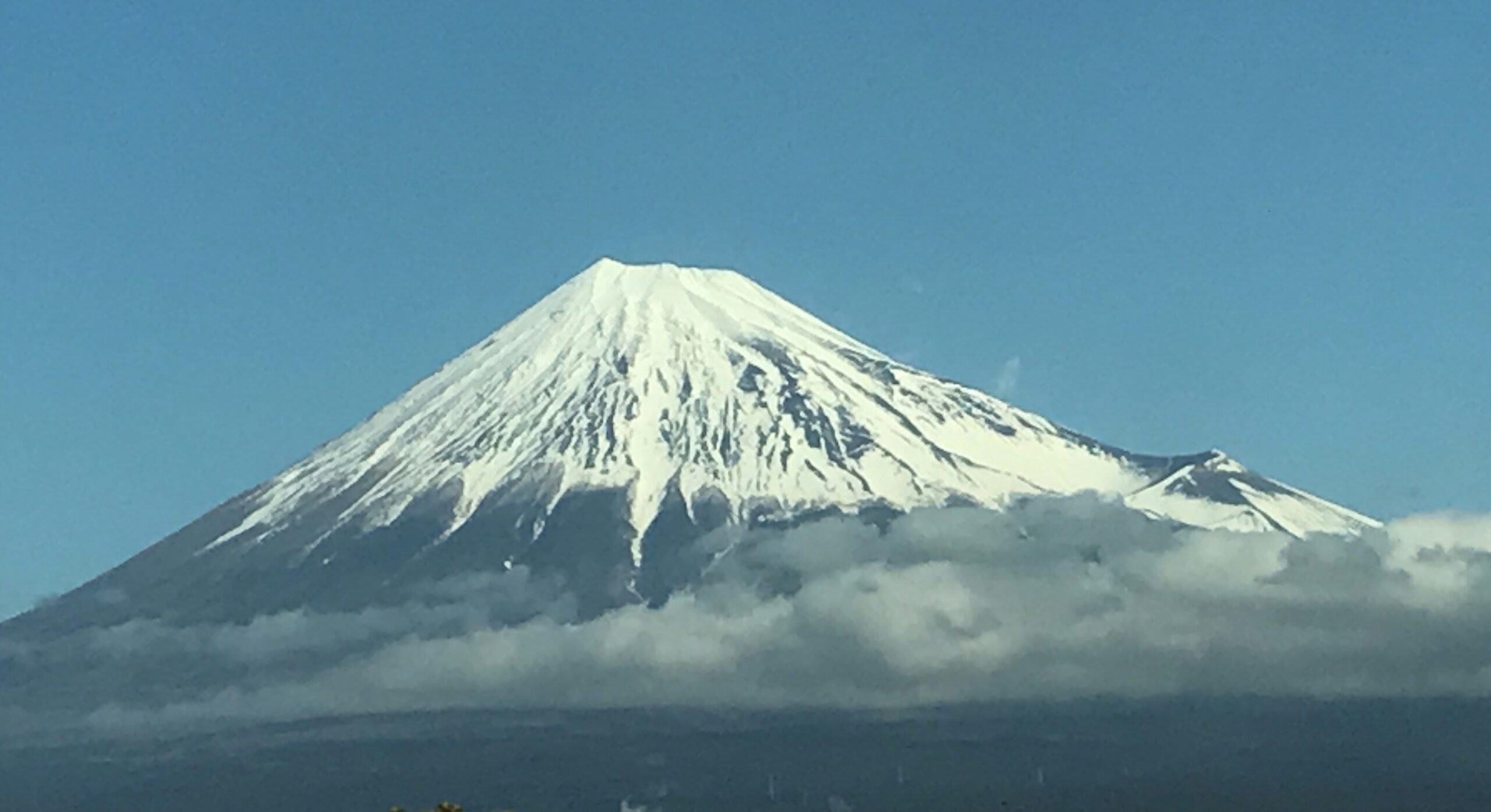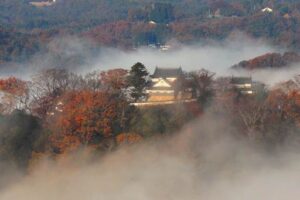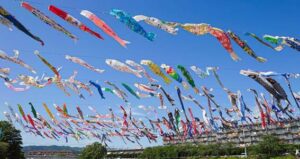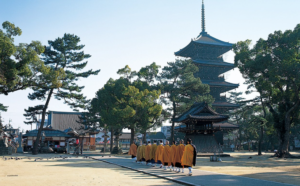The History of Mount Fuji

The highest mountain in Japan, rising over 12,388 feet tall, is a sight to behold. Mount Fuji is one of Japan’s “Three Holy Mountains,” and holds a lot of cultural significance for Japan. Throughout Japan’s history, Mount Fuji has continuously been a well-documented sacred symbol – cherished by generations of people who have been exposed to its beauty.

Mount Fuji is believed by some to have formed around 286 BCE as the result of an earthquake. Mount Fuji is a stratovolcano that is actually three volcanoes in one; Komitake is at the bottom, Kofuji is in the middle, and the youngest of the three, Fuji, is at the top. Mount Fuji sits on the boundary between the Yamanashi and Shizuoka prefectures, and is surrounded by small cities. The cone, or top, of Mount Fuji is always covered with snow due to the freezing temperatures at the high altitude. The last major eruption of Mount Fuji was in 1707, and it produced an incredibly dark ash that covered the surrounding area. Since then there has been small amounts of volcanic activity due to earthquakes, but nothing devastating recently. Mount Fuji and its surrounding area has a rich and interesting history.

Until 1868, women were forbidden from climbing Mount Fuji. This rule came from the sacristy of the mountain, as well as the dangers of climbing in. Prior to the ban, many women climbed the mountain in secret, helped by Fujiko believers. The first woman from the west to reach the top of Mount Fuji was Lady Fanny Parkers, who achieved her goal in 1869. Today, women and men alike climb the mountain and take in its breathtaking views.

The spiritual history of Mount Fuji is something that translates into art and the lore of Japan. Mount Fuji has been believed to be a spot for the gathering of spirits and dead ancestors. Prayers have been offered to Mount Fuji over the years in order to ensure safety from volcanic eruption as well as for safety during childbirth. Mount Fuji has shrines that are used to pray for these good fortunes, and many people will climb this mountain in a symbolic pilgrimage. This religious connection to the mountain may be due to the fact that it was first climbed by an unknown monk in 663 AD.

Today Mount Fuji is climbed often, mostly in the summer when the temperatures are not dangerous. The scenic views bring in travelers from near and far, and is written about and studied by many. If you ever get the chance to see Mount Fuji in person, definitely take it!
By Kayley Hill











